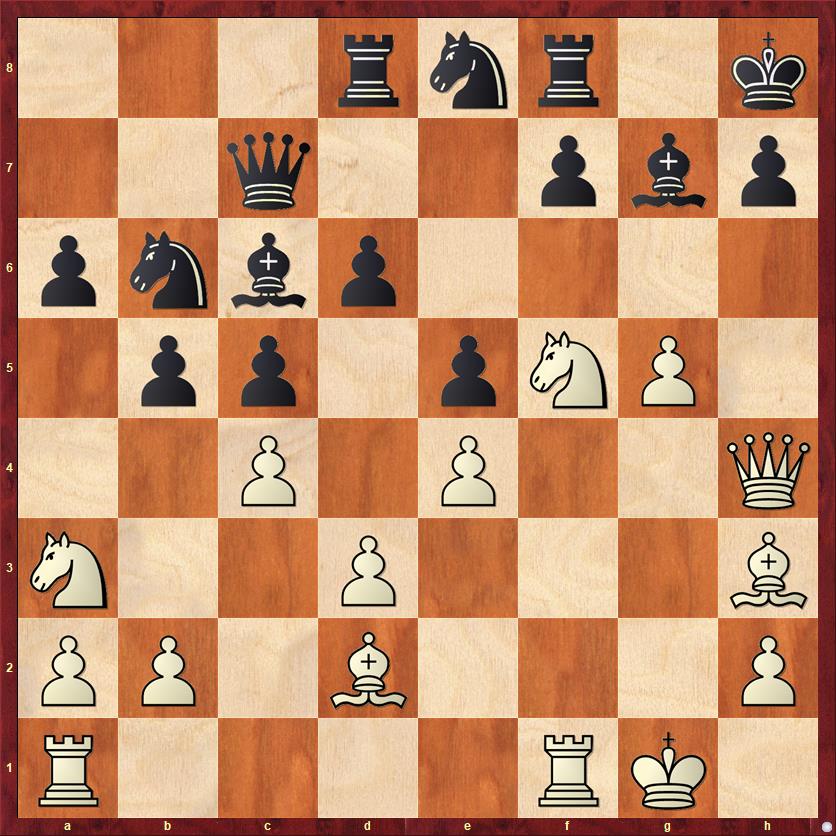Harry Potter fans will already know what the headline refers to. For everyone else, whenever Harry Potter used the Marauders’ Map, he was supposed to swear solemnly that he was up to no good, and when he was done with he was supposed to say, “Mischief managed.”
The Kolty Chess Club team managed our mischief pretty well this weekend, aside from one small stumble in round three. We won five matches and lost one, against the Pink Fluffy Unicorns, and we tied for second in the U.S. Amateur Team West tournament. At this point I don’t know how many teams tied with us or whether we won any prizes. (There are trophies and commemorative clocks for the top three teams.) All that will depend on the tiebreaks, and presumably the information will be posted on the Mechanics Institute website tomorrow.
The clear winner of the tournament was the Best Chess School team, which featured three 2400-level players (Gabriel Bick, Ladia Jirasek, and Rayan Taghizadeh). They beat the team that had been leading the tournament, BCS Can We Wu It?, which had the dynamic duo of Rochelle Wu on first board and Derek Wu on second board. Best Chess School finished with 5.5 match points, while BCS Can We Wu It? tied with us for second with 5 points (but much better tiebreaks, I’m sure).
For me personally it was a successful weekend. I think that the thing I’m proudest of is that we won all five matches that I played in, and lost the only match I didn’t play in! I won four games and drew one. The one draw was a game where I was completely winning for most of the game, but then botched the endgame. At that point we were ahead in the match, 2-1, so when my opponent offered a draw (in a position where there was a real possibility that I could lose), I gratefully accepted. He was a kid on a team of kids, and I think it never even occurred to him that by proposing a draw when his team needed a win, he was throwing his teammates under the bus.
Here’s the finish of my last-round game. Like the one I showed in my last blog post, it came from a Grand Prix Sicilian, which seems like a forced win against players who have never seen it before.

FEN: 3rnr1k/2q2pbp/pnbp4/1pp1pNP1/2P1P2Q/N2P3B/PP1B3P/R4RK1 w – – 0 21
In this position there are probably a million ways to win. Some of the possibilities I looked at were 21. Ne3 and 21. Ba5. But I finally decided that the simple and prosaic 21. Nxg7 was best. The point is that White wants to prevent Black from playing …. f6 and getting his queen into the defense. After 21. … Kxg7 I would have played 22. Qh6+ Kg8 23. Bf5 f6 24. Be6+! when 24. … Rf7 is forced and Fritz evaluates the position at +19.83 pawns for White after 25. g6. I’ve hardly ever seen such a lopsided evaluation.
Instead my opponent, Arul Viswanathan, played the move I expected, which was 21. … Nxg7. I played 22. Rf6, blocking the f-pawn in Fischer style and threatening Rh6. Black has to play 22. … Ne8, and now I came up with the pretty finishing touch, 23. g6! Both the f-pawn and the h-pawn are pinned and mate on h7 is threatened, so my opponent played 23. … Nxf6 24. Qxf6+ Kg8 25. gh+ and Black resigned. For students, this is a good mating pattern to know: after 25. … Kxh7 26. Bf5+ Kg8 27. Qg5+ Kh8 28. Qh6+ Kg8 29. Qh7 mate.
Interestingly, after I played my move 23. g6 on the board, I realized that I had forgotten to analyze Black’s possible response 23. … Kg7! Now, of course, 24. Qxh7+ isn’t checkmate. But I do have the cool rook sacrifice, 24. Qh6+!! Kxf6 25. Bg5 mate. I’m afraid I can’t take credit for this, which is Fritz’s suggestion. My intention was actually to play 24. Bh6+ Kg8 25. g7, which leads to a slower checkmate.
The tournament was a great success, with around 250 players. That’s somewhere around 60 teams, which is much better than the 40 or so teams that usually play. I congratulate the Mechanics Institute on a great job, and in particular I thought it was fantastic that the top five matches in each round were played on electronic boards, so that the moves were broadcast over the Internet and you could follow at home. There was also live commentary on Twitch TV by Paul Whitehead, which I missed except for literally the last 30 seconds after I got home. I feel as if we have crossed over into a new era of fan-friendly chess. Of course, websites like chess24.com have been doing this for grandmaster tournaments for a long time, but it’s cool to see the technology percolating down to our level.



{ 1 comment… read it below or add one }
Re:
“The clear winner of the tournament was the Best Chess School team, which featured three 2400-level players (Gabriel Bick, Ladia Jirasek, and Rayan Taghizadeh)”
I would love to see a rule change to ban this practice of having three GMs/IMSsand one class C player on a team. That’s not an amateur team, that’s a professional one. The true amateur teams, like ours, have no real chance to win. The professional teams win this event virtually every year.
A simple fix would be to limit the number of players rated over 2200 to two per team.
Having only two professional players limits the damage they can do to just the top two boards and opens up the real possibility of amateur teams drawing with them by winning on the bottom two boards.